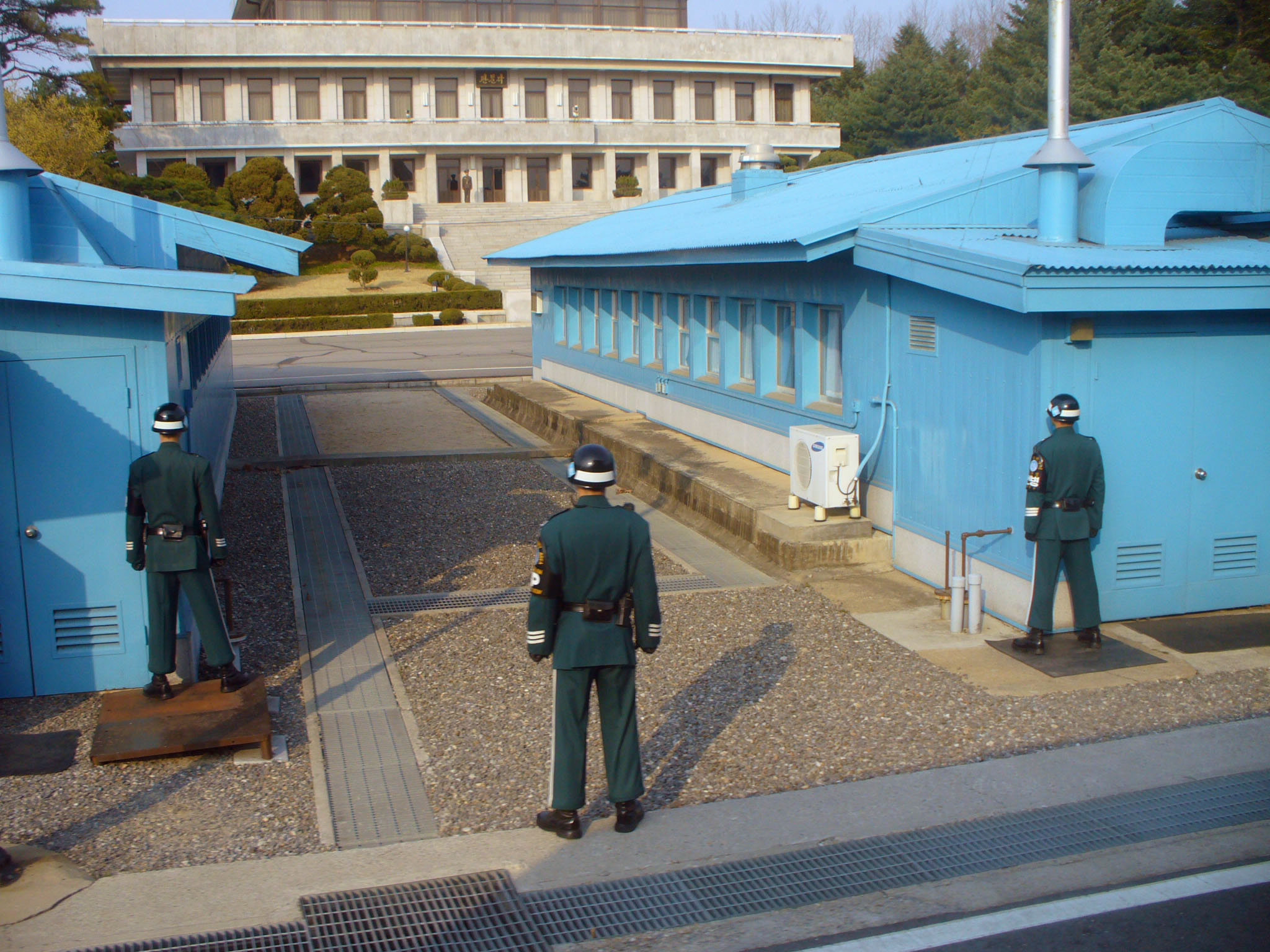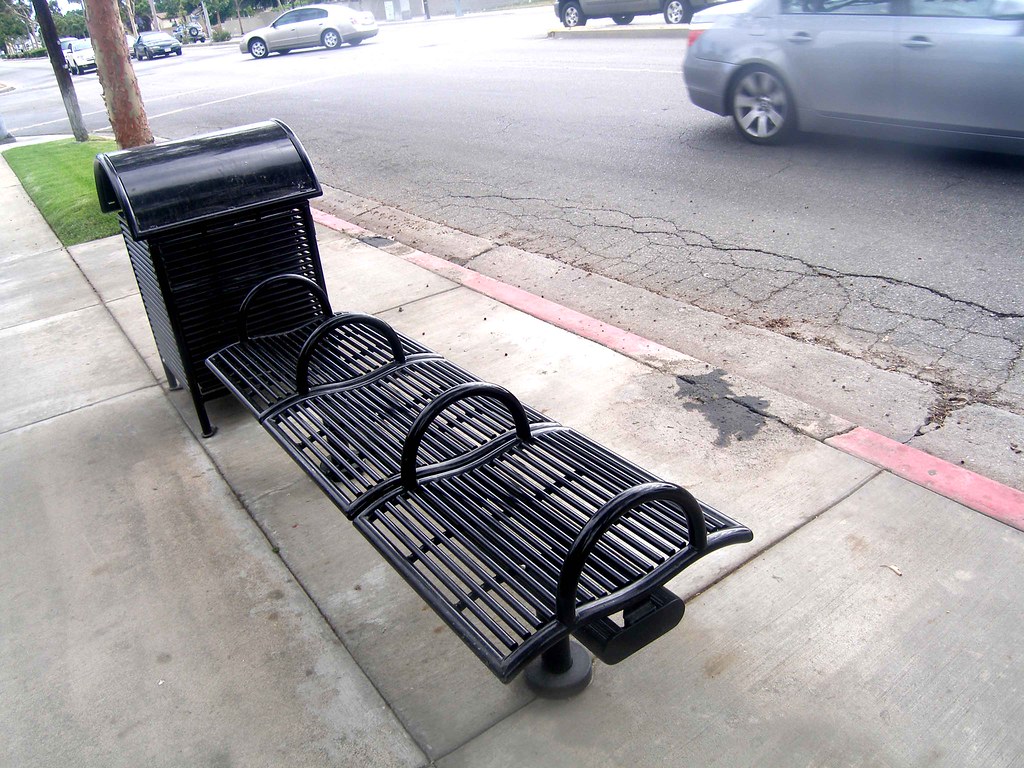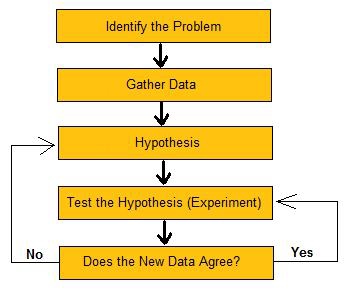Fourteenth Amendment.
This is an important amendment that states "all persons born or naturalized in the United States, and subject to the jurisdiction thereof, are citizens of the United States and of the State wherein they reside".
Fourteenth Amendment.
This is an important amendment that states "all persons born or naturalized in the United States, and subject to the jurisdiction thereof, are citizens of the United States and of the State wherein they reside".
bollards
What are bollards? Bollards are sturdy posts that help to control heavy flowing traffic and prevent life threatening car accidents.

Image: http://www.syifoundry.com/wp-content/uploads/2015/12/bollards-syi-1.jpg
Another method of exclusion involves the creation and use of one-way streets. These streets function to funnel traffic away from certain areas and into others.173 There are sometimes health- and safety-based reasons for the creation of one-way streets, including traffic-calming and pedestrian safety
Before I read this passage, I thought of one-way streets as a way of traffic regulation. Living in Midtown, Atlanta, majority of the streets are one ways. I understand that one-way streets are necessary because in the city everything is too crowded and it can become dangerous sometimes for not only the drivers but also the pedestrians walking place to place.

This form of physical exclusion by walls and barriers is nothing new.92 However, it is not only a remnant of the distant past, but also exists in more modern examples.
A type of physical exclusion exists between North Korea and South Korea that separates these two countries. The area is called the Korean Demilitarized Zone; it is roughly following the 38th parallel line.  Image: https://upload.wikimedia.org/wikipedia/commons/7/71/Dmz-jsa-korea-4-4-2009.jpg
Image: https://upload.wikimedia.org/wikipedia/commons/7/71/Dmz-jsa-korea-4-4-2009.jpg
paradigmatic
In context, this is another way to say serving as a superior/good model or pattern.
Lawrence Lessig
Also known as Larry, Lessig is a big political,legal activist and reliable attorney. He is the Roy L. Furman Professor of Law and Leadership at Havard Law School. He has begun to revolutionize and tie his intellectual knowledge with law with politics. Listed below is a link that directs to more information about Lessig.
this Article focuses on forms of exclusion that result in discriminatory treatment of those who are excluded.
This statement right here is what I believe the thesis sentence or the main idea of Schindler's article.
Architectural Exclusion: Discrimination and Segregation Through Physical Design of the Built Environment
 Sarah Schindler's article, "Architectural Exclusion: Discrimination and Segregation Through Physical Design of the Built Environment," thoroughly explains the bigger problem behind the built environments that seclude those who make little to no income and of color. Following that, she addresses the judicial and political procedures that should be taken to resolve this issue.
Sarah Schindler's article, "Architectural Exclusion: Discrimination and Segregation Through Physical Design of the Built Environment," thoroughly explains the bigger problem behind the built environments that seclude those who make little to no income and of color. Following that, she addresses the judicial and political procedures that should be taken to resolve this issue.
As a supplementary reading, I chose to analyze Robert Rosenberger's article, "How Cities Use Design to Drive Homeless People Away." The author talks similarly to what Schindler implies in her article, which is seclusion and discrimination exhibiting through certain physical designs of architecture. In London, the homeless are extremely unfortunate because there are benches that prevent them from sleeping on them (design shown above).
Rosenberger, Robert, Conor Friedersdorf, John Tierney, David A. Graham, Julia Ioffe, David Frum, David Sims, Emma Green, The Editors, Jaclyn Skurie, Caitlin Cadieux, Alice Roth, and Nadine Ajaka. "How Cities Use Design to Drive Homeless People Away." The Atlantic. The Atlantic , 19 June 2014. Web. 27 Mar. 2017.
Image: https://c1.staticflickr.com/4/3042/2528899062_6f20925f16_b.jpg
author
Her ethos, also known as her credibility, is shown clearly and professionally in this section about her. Since she is well educated in her field of law, she brings strong evidence and claims regarding this controversy. In addition, she includes/gives credit to her various colleagues and scholars for their research assistance. With everything being said, I feel that Schindler's message is reaching out to those in higher education and power such as lawmakers, legislatures, and courts.
jurisprudence
This defines as the study/philosophy of law.
The basic vernacular architecture research method, however, is hardly revolutionary: it still requires gathering data, ordering and analyzing the data, and interpreting the data. Our chapters generally follow this sequence. First there is a definitional chapter that introduces the community- based conceptual model underlying our approach to vernacular architecture and vernacular architecture studies. The second chapter provides a brief exegesis of the investigatory techniques used in the field documentation of buildings and landscapes. Chapter 3 shows how both field and archival evidence may be organized into a set of analytical frameworks that help illuminate patterns (or the absence of patterns) of behavior. In chapter 4 we give examples of how various practitioners in the discipline have interpreted buildings and landscapes. And in chapter 5 we end by returning to the house on Richmond Avenue for a quick review of how the ideas contained in this book can be applied to a specific example of architecture. Also provided is a bibliographic survey of sources, which, along with the information contained in the footnotes, should help you move into the material on your own.
This chapter by chapter research procedure reminds me of the scientific method, which is used to characterize natural phenomena in science. I use the scientific method as a reference to easily memorize the steps to studying buildings. Listed below, the scientific method requires 5 steps: make an observation, brainstorm a question, form a hypothesis, conduct an experiment, and evaluate the information/draw a final conclusion.
 Image: https://upload.wikimedia.org/wikipedia/commons/c/c7/The_Scientific_Method.jpg
Image: https://upload.wikimedia.org/wikipedia/commons/c/c7/The_Scientific_Method.jpg
extrinsic
In context, extrinsic data means information originating from the heart of matter and presumably irrelevant data. This word helps to emphasize the importance of the sentence. No matter much outside information is given, the most effective method to study architecture is to first hand observe and analyze the physical presence of it.
“Buildings,” Gabrielle Lanier and Bernard Herman tell us at the beginning of their guide to architecture in the Mid- Atlantic region, “are the best teachers of ordinary architecture. Books, drawings, photographs, and written documents are invaluable, but, inevitably, we learn the most about buildings by taking to the field— by looking, evaluating, measuring, questioning, and looking again.
Buildings are the "best teachers of ordinary architecture" because one is able to actively go out and investigate/observe them. I agree with this statement because one may examine the small details that one cannot from pictures, books, or written documents. The most effective way to obtain the best kind of information is to have a hands on experience. This is also known as fieldwork.
axiom
Based off of Merriam-Webster, axiom is short for saying the self-evident truth that does not require any show of evidence. An example sentence is "According to the axiom, all women have equal opportunity and worth."
Determining history through buildings has its drawbacks, certainly. One has been mentioned already: the time it takes to do fieldwork. Another problem is the uneven rate of survival of buildings. Smaller houses tend not to endure, so the material record may be skewed in favor of the elites, just as the written record is. If we are trying to use buildings to get information about common people in everyday life, we will often be disappointed since much of the evidence from early periods of history is gone.
The main two cons on why investigating history through buildings is ineffective are time investment and chance of survival of those buildings. It is not often that I see houses or buildings older than the 1800's in my community. A few of the buildings are either restricted due to future construction or some are completely demolished due to natural disasters.
Fig. 10. Room 228, Art and Architecture Building, University o f Utah, Salt Lake City. Photo by Thomas' Carter
The specific layout of this classroom in the University of Utah is very traditional and lacks active participation. Personally, I feel as if the students who are sitting in the first 2 rows have an advantage because they are closer to the teacher and lecture board. Looking at the back of the classroom, there are students who may not understand or comprehend information easily due to the placement of their desks. Students are only secluded to a particular group of people around them, which can lead to alienation and lack of communication throughout the entire classroom.
If we teel that history ought to be an endeavoi that includes the widest range of people possib le-rich and poor, black and white, ordinary and extraordinary', male and female— then we need to utilize the widest possible range of sources, and buildings are one such source (fig. 5 ).

Another resource that almost everybody and anybody can utilize is MARTA, also known as the Metropolitan Atlanta Rapid Transit Authority. In the supplementary article,"MARTA Breaks Ground On First Transit-Development Project." Shamma thoroughly explains the plan to build six transit orientated developments near certain MARTA stations such as Edgewood/Candler Park, Chamblee, and Brookhaven/Oglethorpe University. These developments include housing, meal services, and recreation services such a park and performing arts center. MARTA gives back to those less unfortunate and those making low income in their area by committing approximately 20% of their housing complex to them. As an avid MARTA commuter, I think this is an amazing idea because it is convenient and affordable for almost everybody! It is a win win situation.
Image: https://az616578.vo.msecnd.net/files/2015/06/27/6357102149783950631344411160_marta.gif
Within this lengthy article, Carter and Cromley fully provide details and meaning to what our everyday architecture stands for, both physically and culturally. The authors imply the material world that we live in means more than what meets the eye. It mainly informs readers, who are either educated or uneducated in the field of vernacular architecture, how to understand and study various buildings in a thorough and refreshing perspective.
For an additional reading, I chose to analyze Tasnim Shamma's "MARTA Breaks Ground On First Transit-Developed Project". This article explains how six transit-orientated developments will be constructed near MARTA stations in order to increase population density, revenue, and transit riders. These 224 unit developments accommodate for a wide range of people and include housing, recreational services, and meal services. The Edgewood/Candler Park station is the first out of the six to be finished by the end of this year. This certain part of the city populates low income families and individuals that can barely afford necessities and housing. As a way to fix this issue, MARTA issues 20 percent of the living area as affordable housing to the low income families and individuals. In addition, MARTA describes these developments convenient stating, "We want to create new ridership and these are our easiest riders" and "People will be right here to ride our services".
Shamma, Tasnim. "MARTA Breaks Ground On First Transit-Development Project." WABE 90.1 FM. WABE 90.1 FM , 23 Aug. 2016. Web. 26 Mar. 2017.
Unlike other mammals, humans cannot simply live in nature; rather, we must devise ways of finding and making shelter, clothing and feeding ourselves, and producing the tools needed for survival
 This implies the raw and distinct comparison between mammals and humans. Not only do humans have to devise various ways for survival, but they also have the ability to self reflect. The only mammal that has almost a similar genetic code as us humans is a chimpanzee. The article below contains more information behind the meaning of self reflection and how it can be used to possess a more spiritual and enlightened state of self.
This implies the raw and distinct comparison between mammals and humans. Not only do humans have to devise various ways for survival, but they also have the ability to self reflect. The only mammal that has almost a similar genetic code as us humans is a chimpanzee. The article below contains more information behind the meaning of self reflection and how it can be used to possess a more spiritual and enlightened state of self.
Link to article: http://wildtruth.net/the-essential-difference-between-animals-and-humans/
Image:https://upload.wikimedia.org/wikipedia/en/thumb/4/4e/ChakrasINLS200.jpg/848px-ChakrasINLS200.jpg
In short, people need things— objects, artifacts, however they are referred to— to live in the world, and we make those things, not randomly or by chance, but systematically and intentionally through our culture. Culture is unseen and immaterial, consisting of the ideas, values, and beliefs of a particular social group or society; but it is everywhere within us, shaping our behavior, helping us to choose the right things to say, providing rules for social interaction, and giving us mental blueprints for making the things we need, from bread pans to buildings.
This section implies what people do to their community/environment to accommodate for themselves in order to survive and prosper. Countries near Southern Europe such as Monaco, Italy, Spain, and Switzerland tend to maintain a longer life expectancy due to their cultural manifestations. People in these countries hold three keys to a longer life expectancy (around mid 80's) which are healthy diets, social interactions, and physical activities. Unlike Europe, America's life expectancy is late 70's which may result from being the number one most obese country in the world in addition to the American people lacking social and physical activity. The link below provides additional details pertaining to longer life expectancy in certain countries around the world.
http://www.cnn.com/2015/12/11/health/oldest-countries-secret-longer-life/